IKEA PESTEL Overview
This article aims to give you a clear idea of how to apply the PESTEL analysis to your company through a real-life and free PESTEL example.
You will find here the IKEA 2023 PESTEL example. Like the SWOT analysis and the five competitive forces model of Michael Porter, the PESTEL analysis is one of organizations’ most used strategic planning tools in their strategic process.
PESTEL is a strategic analysis tool that identifies and measures the opportunities and threats of the macro-environment of the company’s business.
IKEA overview
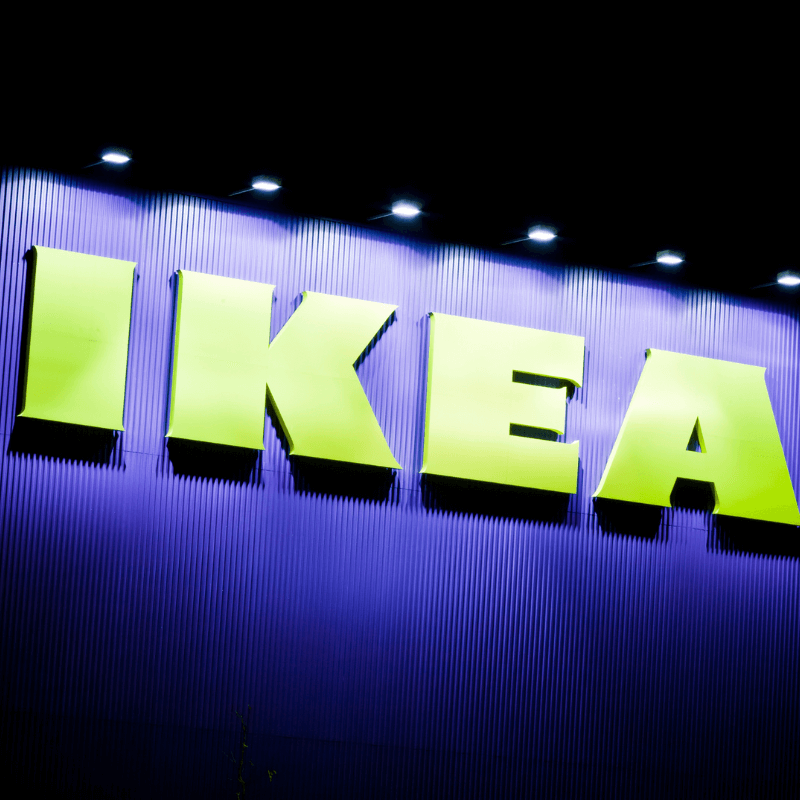
IKEA is a giant Swedish company founded in 1943 by Ingvar Kamprad, and in recent years it has become the world leader in the production and selling of home furnishings.
Today, IKEA is a global home furnishing brand that brings affordability, design, and comfort to customers worldwide.
Following a documentary study on the furniture market worldwide and an in-depth analysis of the website and key figures of IKEA, we have been able to produce the IKEA PESTEL example below.
1. Political factors:
Like any other multinational corporation, IKEA’s success and sustainability are influenced by many factors, including the global political environment.
This section will examine how the global political environment could impact IKEA’s performance, profitability, and longevity.
The global political environment significantly impacts the economies of different countries, which, in turn, affects the performance and profitability of companies operating in those countries, such as IKEA.
Political instability and economic turmoil can increase unemployment, reduce purchasing power, and higher inflation rates, hurting IKEA’s sales and profitability.
For example, IKEA has a significant presence in Russia, facing economic sanctions and political instability in recent years, especially after the Ukraine war’s launch.
The weakening of the Russian economy and the decline in the ruble’s value has impacted the profitability of IKEA’s stores in the country.
Similarly, the ongoing political instability in countries such as Venezuela has led to declining consumer confidence and purchasing power, which could negatively impact IKEA’s sales and revenue.
Also, the global political environment impacts international trade and commerce, affecting IKEA’s supply chain and pricing strategies. In recent years, protectionism has risen, with countries imposing tariffs and trade barriers to protect their domestic industries.
For example, the ongoing trade war between the United States and China has led to the imposition of tariffs on goods imported from China, which could impact the cost of IKEA’s products manufactured in China.
Similarly, the Brexit negotiations have created uncertainty around the future of trade relations between the UK and the EU, which could impact the pricing and availability of IKEA’s products in the region.
Finally, the political environment has impacted the regulatory environment in which IKEA operates. Changes in labor, environmental standards, and taxation regulations can impact IKEA’s operations and profitability.
For instance, the European Union’s General Data Protection Regulation (GDPR) has introduced new rules around data privacy, which could impact IKEA’s digital marketing strategies.
Similarly, changes in taxation policies, such as introducing a carbon tax, could impact IKEA’s supply chain and pricing strategies.
To summarize, the global political environment can significantly impact IKEA’s performance, profitability, and longevity. Political instability, economic turmoil, trade wars, tariffs, and regulatory changes can impact IKEA’s operations, supply chain, pricing strategies, and revenue streams.
As such, IKEA must keep a close eye on the global political environment and adapt its strategies to mitigate risks and capitalize on opportunities.
2. Economic factors:
There is no need to remember the negative influence of economic crises on all companies’ performance.
For example, IKEA’s sales and profits decreased due to the effects of the Covid-19 pandemic, as thousands of people lost their jobs due to this health crisis.
As a result, consumers are making more conscious and rational purchasing decisions. Purchases are based on need rather than luxury. While people may need furniture, upgrading a mattress, dresser, or sofa was far from a concern.
3. Social factors:
Certainly, IKEA is constantly adapting its marketing materials to its foreign markets’ cultural and social specifics.
For example, in a Russian catalog, IKEA removed a homosexual couple from its magazine. Homosexuality is still considered a shame in Russia. Knowing this, IKEA changed the appearance of its catalog to fit the general Russian thinking.
In another incident, IKEA removed women from a Saudi catalog. Once again, the company has come under fire in the West.
Thus, changing consumer habits and cultural differences are major challenges for IKEA. However, it is taking advantage of the effects of globalization (European-style living) to enter new markets in Africa, Asia, and Latin America.
4. Technological factors:
The development of the Internet and the emergence of social networks and new technologies are major opportunities for IKEA to prospect new markets, build long-lasting relationships with its customers, improve its reputation, and increase sales.
IKEA still offers paper catalogs. They are no longer the only way to present products. With the Internet at our fingertips (thanks to our smartphones), people are likely to check out offers online.
These days, every business should have a functional website, and IKEA is no exception. You can find current offers, sales, and decorating ideas on IKEA’s website.
However, the company needs to be more vigilant about its e-reputation. Indeed, an unhappy consumer causes more negative word of mouth than before because of social networks and online reviews.
5. Ecological factors:
Protecting the environment and people’s health is a serious threat, more than ever, for the managers of IKEA. In this context, many consumers, especially in developing countries, ask serious questions about the health risks caused by furnishings.
In addition, some studies have indicated that prolonged exposure to indoor air can be carcinogenic. Furniture companies replace solid wood with crushed wood chips mixed with glue and then cured to solidify.
These wood wastes, unusable in carpentry, are thus transformed and invade our interiors. But during the manufacturing process, a gas is evaporated. It is formaldehyde, a derivative of formaldehyde, a toxic product, dangerous for health.
In response to these environmental risks, and according to the company’s communication department, IKEA has invested more than a billion dollars in renewable energy in emerging countries.
They aim to make their in-store energy entirely renewable. One way they do this is by investing in solar and wind panels. They also want their supplies, like wood and cotton, to come from sustainable sources.
6. Legal factors:
All big companies are exposed to legal threats. IKEA must comply with various laws and regulations in each country. Since these are physical stores, it is essential to be aware of the labor laws of each country involved.
But that’s not all. IKEA has been in the news because of the poor quality of its products. Items have fallen and spilled, causing injuries.
Such devastation has affected families and communities. When such problems occur, IKEA must ensure that its products are reliable and safe. If they are not, legal action may be taken.
These possible incidents will have an undesirable impact on the company’s reputation.
To summarize the results of the IKEA Pestel analysis, we present the significant opportunities and threats related to IKEA macro environment.
| Component | Opportunities | Threats |
|---|---|---|
| Political | – Favorable government policies and incentives for renewable energy;
-Political stability in developing countries. | -Political instability and unrest in some countries of operation;
– Changes in government policies and regulations. |
| Economic | -Growth in the middle-class segment creates demand for affordable furniture;
– Economic recovery in major markets after Covid-19. | – Fluctuations in foreign exchange rates;
-Intense competition from local and international players. |
| Social | – Increasing interest in eco-friendly and sustainable products;
– Growing demand for customization and personalization. | – Changes in consumer preferences and tastes;
– Growing concern about labor practices in the supply chain |
| Technological | – Advancements in e-commerce and digital marketing;
– The potential of 3D printing technology for furniture manufacturing. | – Cybersecurity risks and threats;
– Dependence on technology providers. |
| Ecological | – Opportunities for sustainable sourcing of materials and reducing the carbon footprint of operations;
– Growing demand for eco-friendly products. | – Increasing regulations and restrictions on material sourcing;
– Potential impact of climate change on supply chain and operations |
| Legal | – Favorable intellectual property laws and regulations;
– Opportunities for joint ventures and partnerships in targetted foreign countries by IKEA. | – Complex legal and regulatory environment in some countries of operation;
– Potential liability for product defects and safety issues. |
Final thoughts
In summary, this PESTEL analysis’s case study of IKEA has allowed us to thoroughly analyze the macro-environment of the home furnishings industry on a global scale.
As a result, we can identify the main opportunities and threats that IKEA’s management should consider when planning strategically for the coming years.
While the Pestel framework is a relevant and effective strategic diagnostic tool, it must be complemented by other analyses if you want to understand your business’s macroenvironment.
These include Michael Porter’s Five Forces model, which allows you to analyze your industry’s competitive intensity and degree of attractiveness, and the VRIO model, which examines your company’s resources and specific skills.
Hopefully, this example of IKEA Pestel analysis has helped you better understand the use and implementation of the Pestel framework in your company, don’t forget to share this article with your friends and family!
PESTEL analysis examples 2024
To better understand the PESTEL analysis, we invite you to read our recent free examples of the Pestel framework.
PESTEL analysis of Primark
Click here to read our example of Primark’s PESTEL analysis.
PESTEL analysis of Zara
Click here to read our example of Zara’s PESTEL analysis.
PESTEL analysis of DHL
Click here to read our example of DHL’s PESTEL analysis.
PESTEL analysis of FedEx
Click here to read our example of FedEx’s PESTEL analysis.
PESTEL analysis of Chipotle
Click here to read our example of Chipotle’s PESTEL analysis.
PESTEL analysis of Brazil
Click here to read our example of Pestel’s analysis of Brazil.
PESTEL analysis of Spotify
Click here to read our example of Spotify Pestel analysis.
Chick-fil-A PESTEL Analysis
Click here to read our example of Chick-fil-A Pestel analysis.
Costco PESTEL Analysis
Click here to read our example of Costco Pestel analysis.
Microsoft PESTEL Analysis
Click here to read our example of Microsoft Pestel analysis.
Disney PESTEL Analysis
Click here to read our example of Disney Pestel analysis.
Airline Industry PESTEL Analysis
Click here to read our example of the Airline industry Pestel analysis.
Walmart Pestel Analysis
Click here to read our example of Walmart Pestel analysis.
Amazon Pestel Analysis
Click here to read our example of Amazon Pestel analysis.
McDonald’s Pestel Analysis
Click here to read our example of the Netflix Pestel analysis.
Netflix Pestel Analysis
Click here to read our example of the Netflix Pestel analysis.
Apple Pestel Analysis
Click here to read our example of the Apple Pestel analysis.
Twitter Pestel Analysis
Click here to read our example of the Twitter Pestel analysis.
Facebook Pestel Analysis
Click here to read our example of the Facebook Pestel analysis.
Pestel analysis of the Social Media industry
Click here to read our example of the Pestel analysis of the Social Media industry.
Tesla Pestel Analysis
Click here to read our example of the TESLA Pestel analysis.

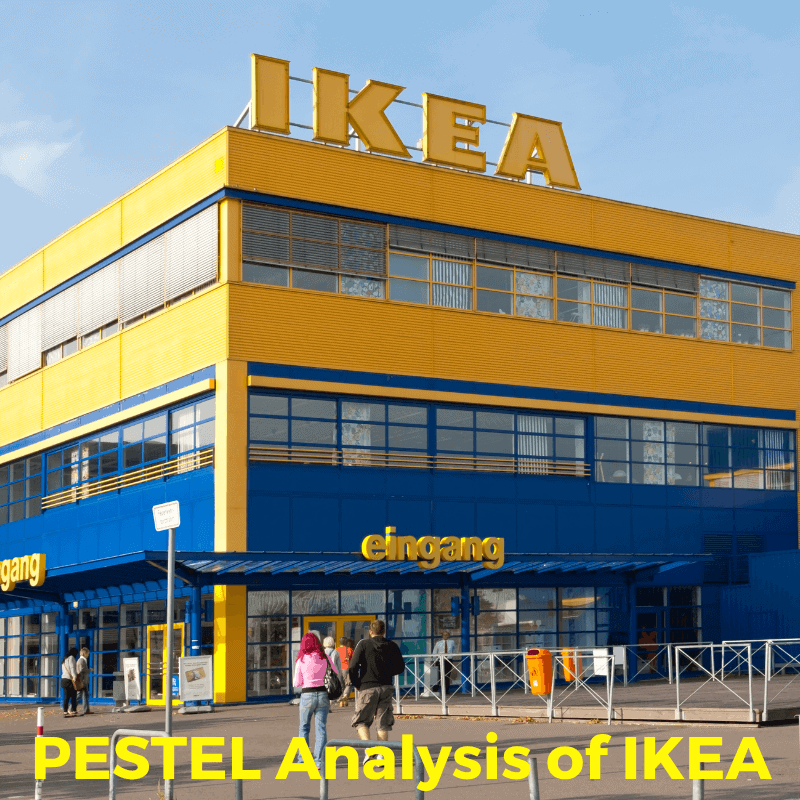
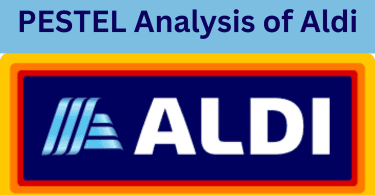
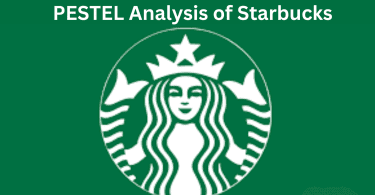
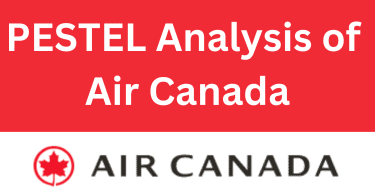
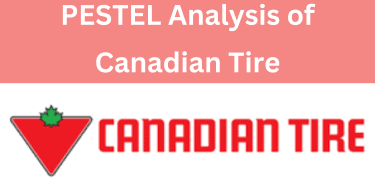



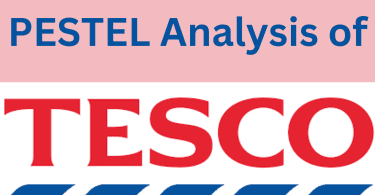
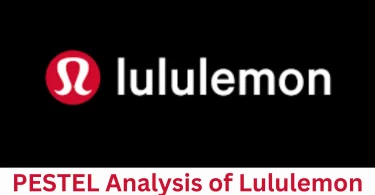
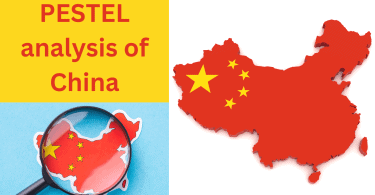
Leave a Comment